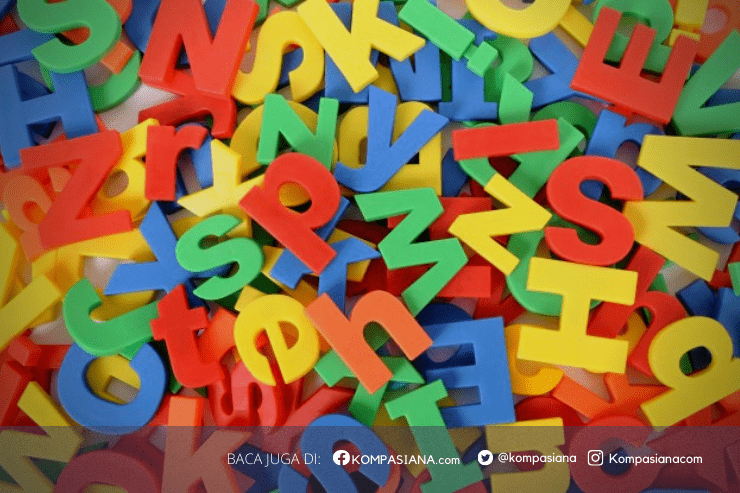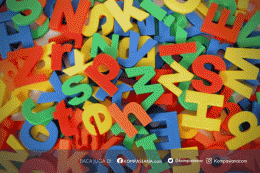However, digital media is not simply a communication destroyer; it is also a powerful bridge. It creates opportunities for empathy and learning that were impossible a generation ago.
1. Exposure and Desensitization: Constant exposure to diverse content (news, vlogs, documentaries) from around the world helps break down the "us vs. them" barrier. When a young person in Jakarta follows a content creator in Nigeria, they gain casual, frequent insight into daily life that traditional media often omitted. This familiarity can reduce anxiety and uncertainty---two major barriers to positive intercultural communication (Gudykunst, 2003).
2. The Ability to "Check" and Correct: Unlike face-to-face conversations where mistakes vanish instantly, digital media allows us to pause, review, and correct our understanding. We can use translation tools, google an ambiguous phrase, or politely ask for clarification in writing ("Could you explain what you meant by 'let's circle back'?") before reacting negatively.
3. Building Third Cultures: Digital platforms facilitate the creation of "Third Cultures"---new, shared systems of meaning built specifically by interacting partners. A long-term global team on Slack, for instance, might collectively agree that the emoji means "start work immediately" and the emoji means "take a five-minute break," creating their own localized, effective digital rules that transcend their original national norms.
Navigating the New Intercultural Imperative
The future of global work and connection lies in mastering this digital-cultural mix. We can't stop the flow of information, so we must learn to be better navigators.
To survive and thrive in this digitally diverse landscape, we must adopt a new mindset:
Assume Digital Ambiguity: Never assume that the emoji, the all-caps text, or the brevity of a message carries the same weight globally. When in doubt, add words, not just symbols. A quick "I'm excited about this!" is better than a solitary .
Learn the Platform's Culture: Recognize that the tone appropriate for a formal business email is likely very different from a message on LinkedIn, which is different again from a quick chat on WhatsApp. Each platform has its own evolving global-digital culture.
Be a Digital Observer: Actively notice how your international colleagues use digital language, abbreviations, and emojis. This simple act of observation---a form of cultural humility---is the best way to move from misinterpretation to connection.
Digital communication is a powerful flood---it connects us instantly, but can also sweep away meaning just as fast. Our job is to build stronger, more empathetic digital rafts to ensure that in our global feed, no one is truly lost in translation.







